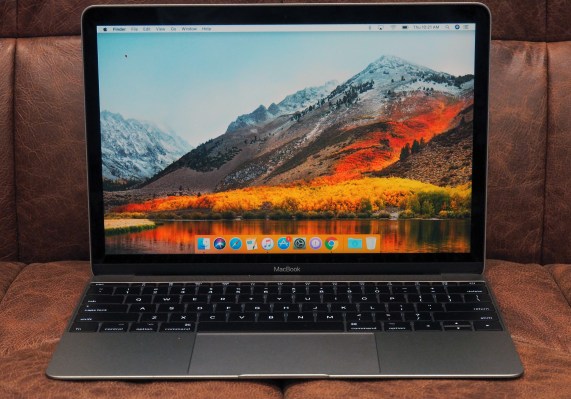If it wasn’t free, High Sierra might be a hard sell for casual users. The most meaningful updates are mostly below the surface — the first full macOS upgrade to do so since 2009’s Snow Leopard. The first public beta of the OS arrives today, and while I’ve been playing around with a build of the software on one of those new 13-inch MacBooks, I keep finding myself referring back to Apple’s product page to remind me of what’s new.
But Apple doesn’t seem to have any doubts about adoption. High Sierra’s visible upgrades are relatively few and far between, but as the company would likely point out, that didn’t stop people from buying Snow Leopard — and that was back when you still had to pay for upgrades.
The new operating system isn’t rife with shiny new features, but it brings enhancements under the hood designed to speed up devices. More importantly, they help future-proof Apple’s technology, from its first new file system since the early days of the Mac, to graphical and processing enhancements designed to usher in virtual reality content creation.
Like a number of the company’s recent hardware upgrades, it’s tough to do a full preview of the new OS that isn’t just a list of benchmarks — and performance upgrades are hard to qualify for most use cases. But there are some visible changes worth noting here, like new search in Safari and an overhaul for the Photos app. It’s also worth discussing what Apple’s trying to accomplish with tweaks to the Mac’s underlying technologies.
For the sake of immediacy, let’s start with some of the features you’ll actually see.
Photos
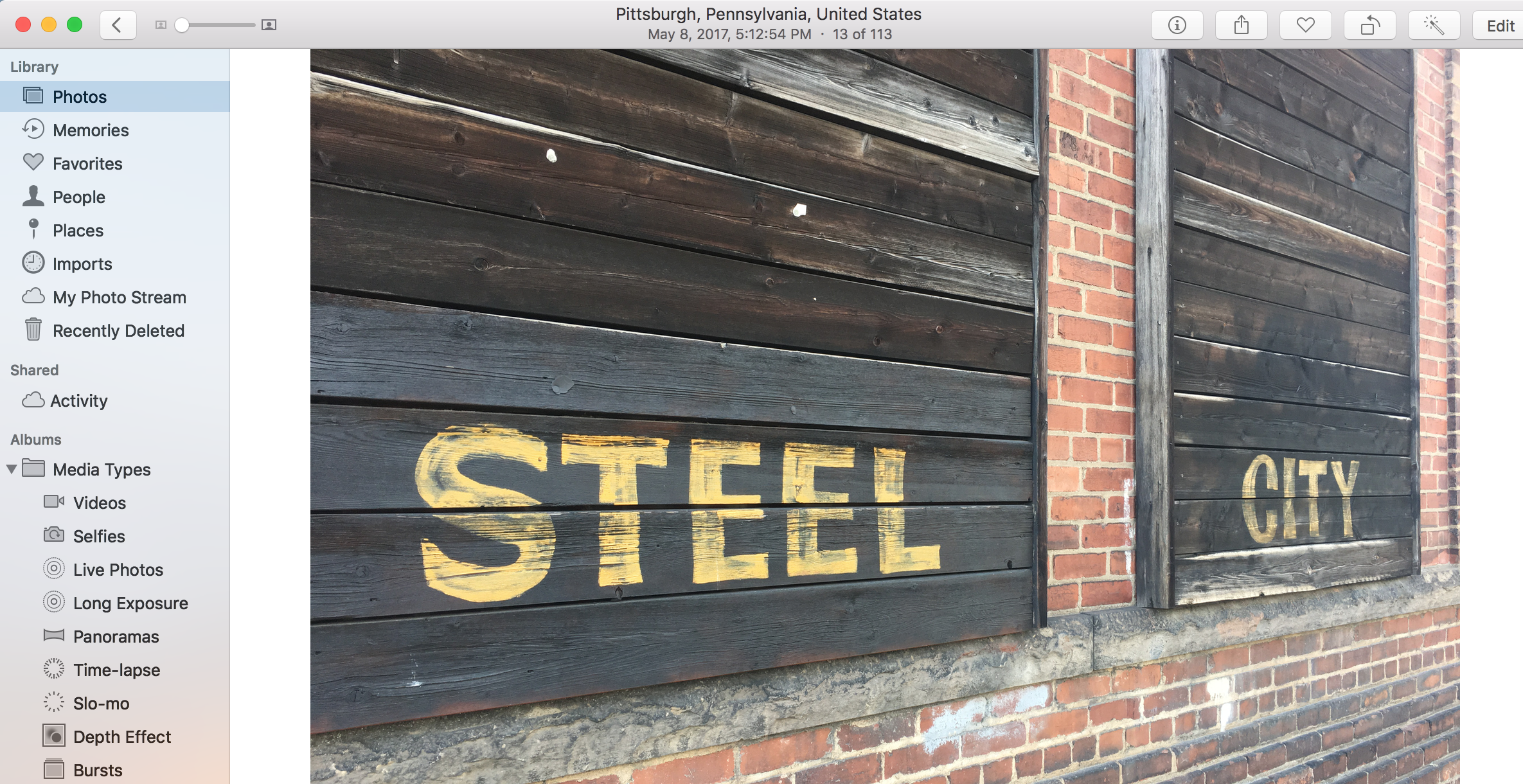
Photos gets the most meaningful visual overhaul in High Sierra. The changes are mostly organizational, which is good news for users who have a lot of images to comb through. The toolbar has been revamped and is now persistent while using the application, and users can customize it by reordering sections. Media is organized by content type, including Bursts, Live Photos, Panoramas, Selfies and the newly supported Animated GIFs, for all of your meme-related needs.
Apple’s also brought a bunch of new editing tools to the table. I’ve got a Photoshop account, so I’ve never given much thought about using Photos for editing, but the toolset is pretty robust for a free offering. In addition to a bunch of new filters, Photos now also sports features like Curves, a color adjusting tool that offers much more subtle refinement than standard color sliders. Selective Color is also pretty sophisticated for a free photo app. You choose a color with the dropper tool and can subtly refine it by hue, saturation, luminance, range and the like.
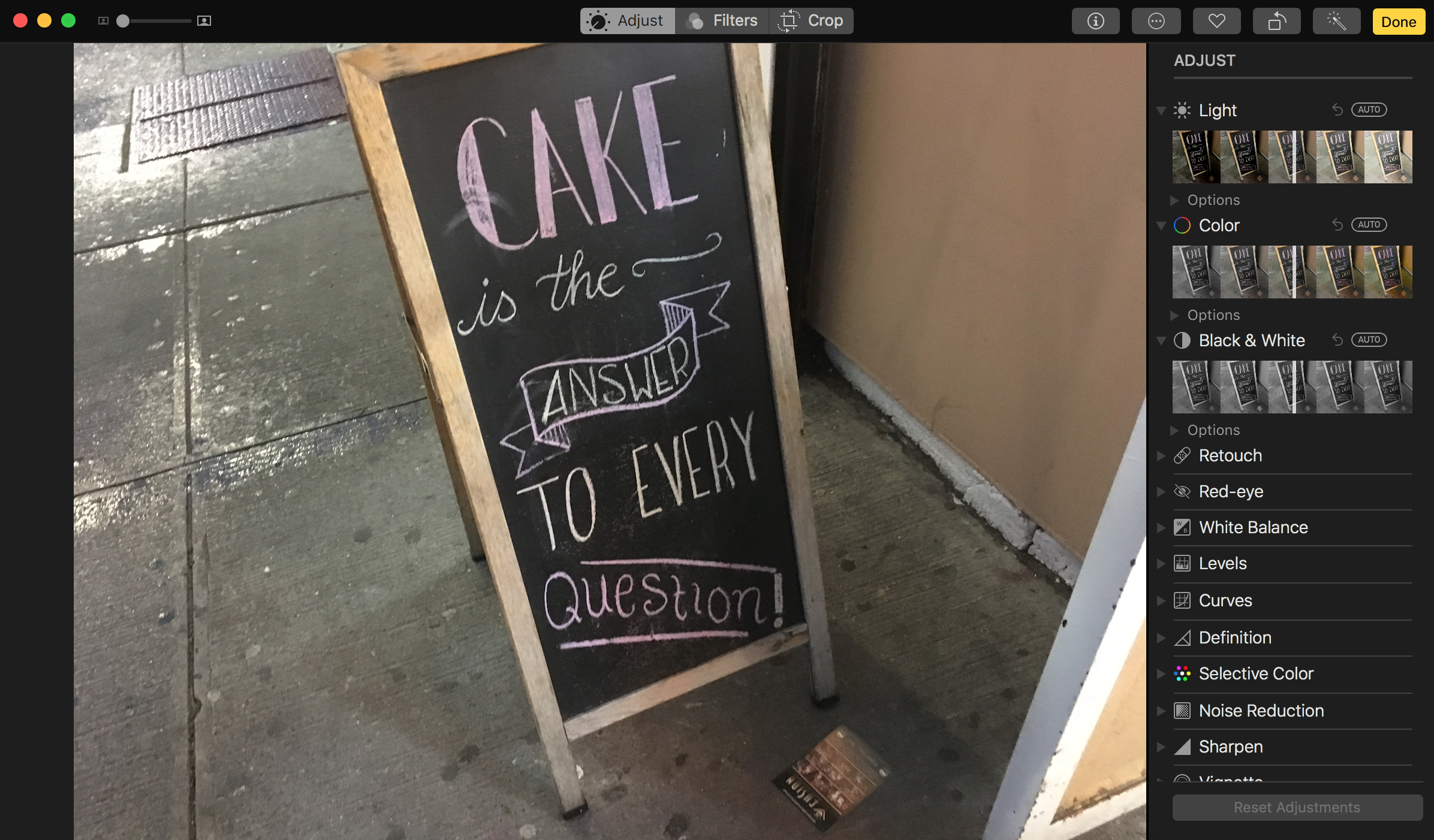
Of course, none of this is new for those who have been using paid photo-editing apps, but the added features are nice enhancements for amateur photographers or people just looking to step up their iPhone photography game. And for those who do use apps like Photoshop and Pixelmator, you can now access those programs for a given image directly through Photos, which will save a lot of the back and forth over importing images directly.
High Sierra also brings editing tools to the iPhone’s Live Photo feature, so you can filter, crop and adjust the color of the animated images on a small timeline in the toolbar.
Safari
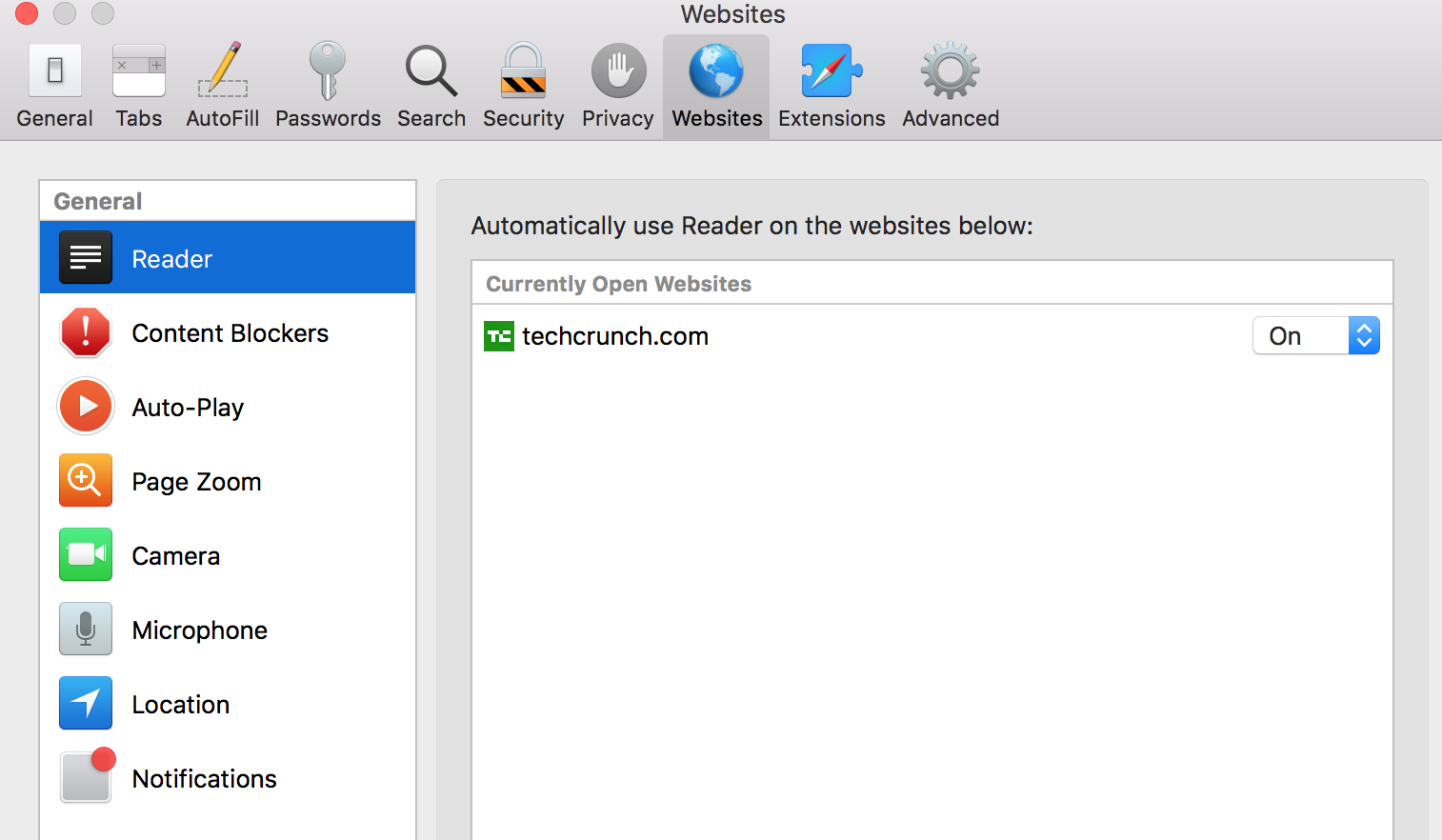
Apple is definitely going to raise the ire of ad companies with one of Safari’s best new features, Intelligent Tracking Prevention, which relies on machine learning to remove cross-site tracking. It’s designed to eliminate things like advertising cookies, so stuff you shopped for doesn’t follow you to every site you visited, but useful contextual information is saved for pages you actually visit. The feature is on by default, but it can be disabled in the settings, if you’re a cookie monster.
Like Photos, Safari also brings more content refinement than previous versions. Settings now features a Websites pane, which lets you customize the way you interact with individual sites. From there, you can make site always appear in Reader Mode (a bare-bones layout that emphasizes text), apply content blockers, shut off autoplay and kill notifications, location tracking and mic and camera access. Adding them individually is a bit of a chore, but that level of customization is great for sites with annoying tracking tendencies.
That fancy new file system
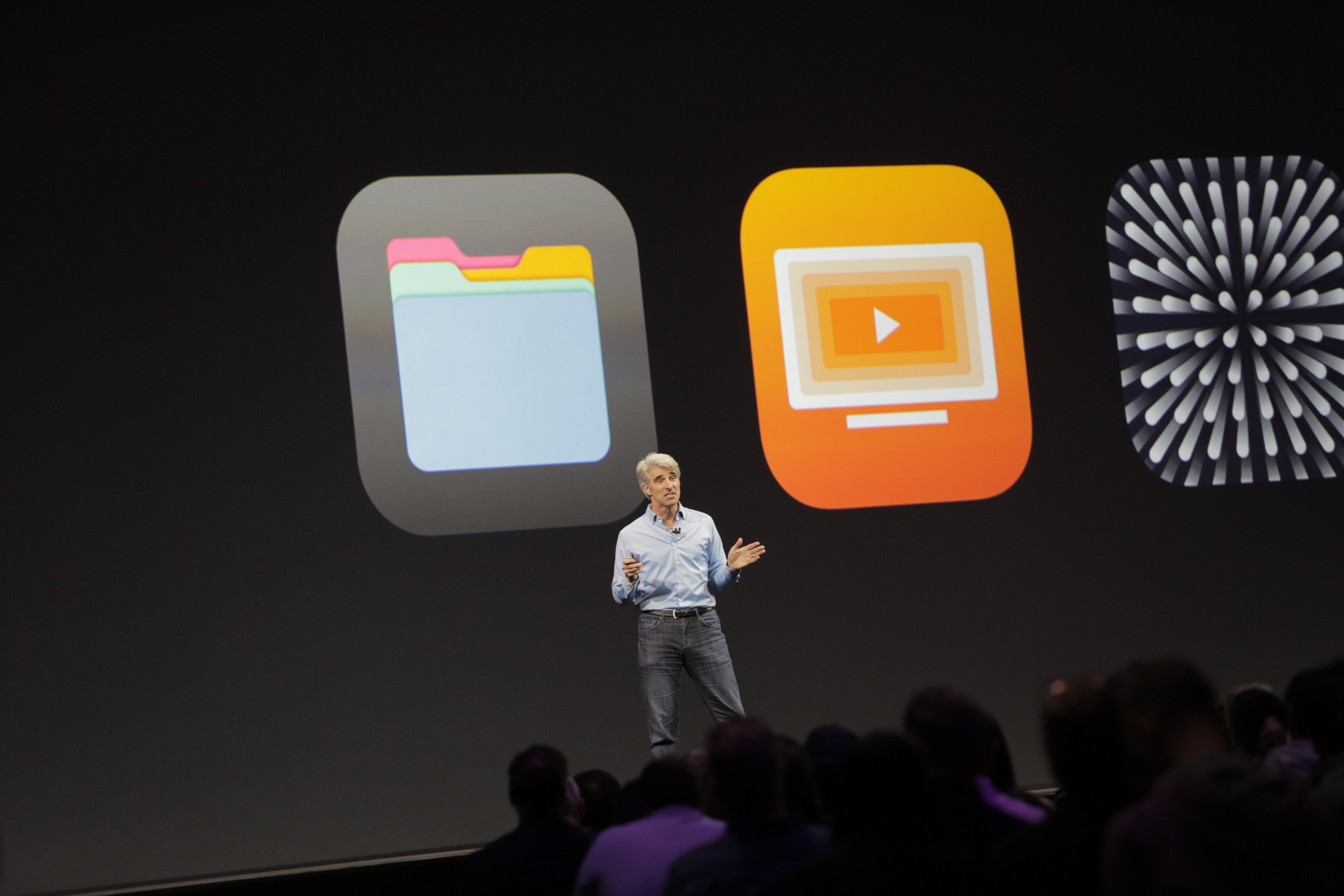
The name High Sierra is more than just an excuse for Craig Federighi to crack some dad jokes about smokin’ doobies onstage at WWDC (“they assured us this name is fully baked”). It’s a reference to Apple’s attempt to build upon and perfect the latest version of the OS. The biggest piece of that puzzle is APFS (short for Apple File System), a system Apple has been talking up since the last WWDC.
It replaces (the even more boringly named) HFS+, which has been the Mac’s main file system since the late 90s, and was, in turn, based on HFS, a system that goes all the way back to 1985 — the year Marty McFly first went back to the future. In other words, it was more or less a 30-year-old system that was well overdue for a change. APFS represents a new system designed from the ground up and built for 2017 technology.
So, what does the new file system actually mean for users? For starters, this will likely be a longer installation, so maybe take the dog for a walk or go grab a cup of coffee from the fancy new cafe you’ve been meaning to check out. This is due to the fact that the High Sierra install is effectively converting your boot drive to the new file system. The actual time of install depends on a number of factors, including hardware speed and storage size.
Apple seems confident that the maneuver will keep users’ files in tact — after all, millions of iOS devices already made the jump in 10.3 earlier this year. But it’s still recommended that users do a full system backup before installing — probably a good idea any time you’re set to install a new operating system.
AFPS is more secure than its predecessors, with FileVault encryption built in. The one place you’re really going to see an instantaneous change is when duplicating a file. In fact, it was one of the few features Federighi demonstrated onstage as the company moved through announcements at a record pace, copying and pasting a group of large video files all at once, without having to sit through the usual progress bar.
Also of note
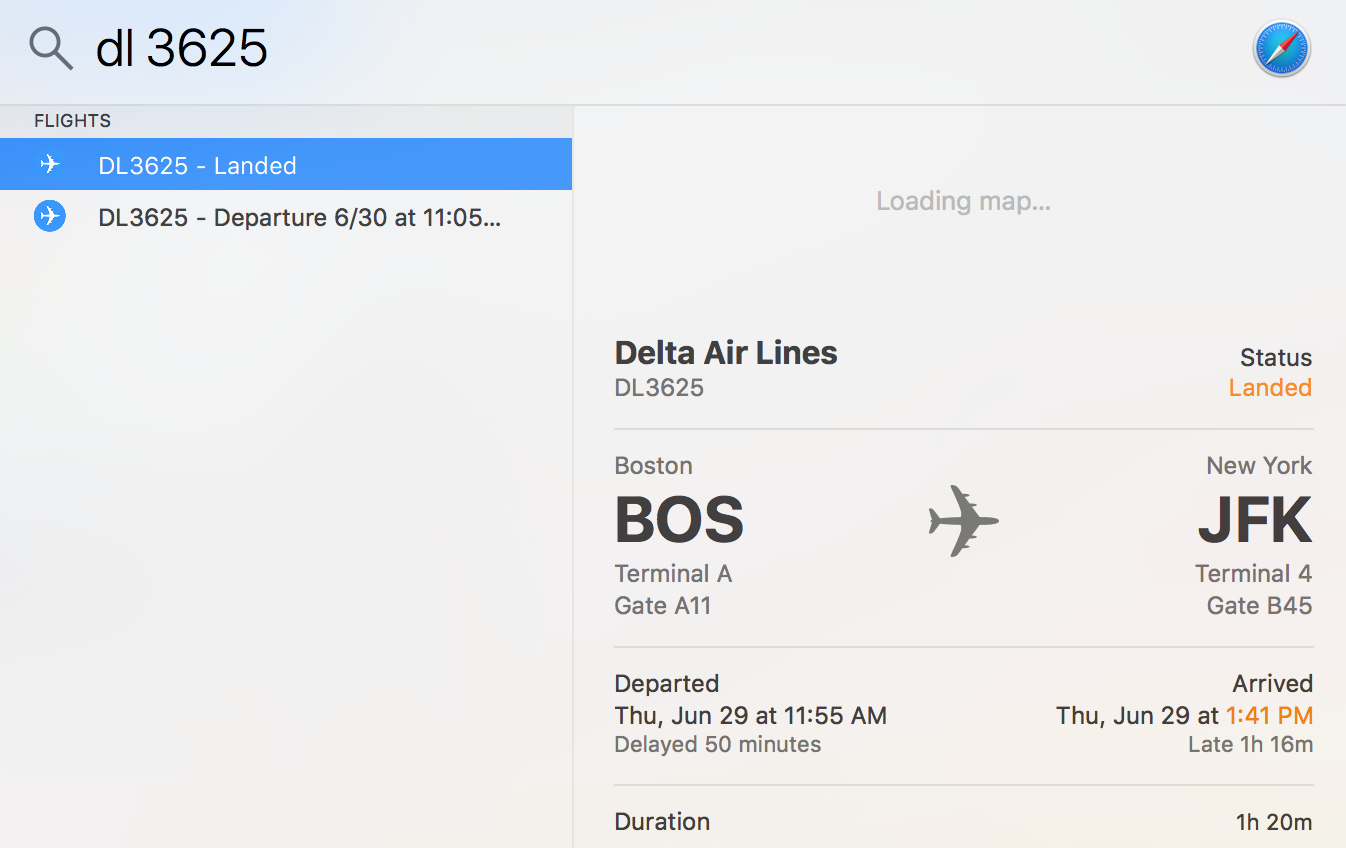
- Siri: Siri’s new voice is coming soon, coinciding with the arrival of HomePod, the very Apple take on home assistants like Echo and Google Home.
- Metal 2: Apple’s graphics API gets a bunch of enhancements as noted at the keynote. Most notable among them for us non-developers is support for VR and external GPUs. That means the first generation of virtual reality games for the Mac is likely right around the corner.
- Mail: Apple’s email app has improved search that surfaces customized “Top Hits” suggestions that uses a combination of factors to prioritize messages: including reading frequency, VIP/favorite status and how often the sender emails you. The company also is compressing messages differently, promising that they’ll use up to 35 percent less space than before.
- Spotlight: Finder’s built-in search now features flight tracking. Type in a flight number and it will surface a bunch of relevant info like status, times, delays and gates. The feature also has been added to Safari.
- FaceTime: If you’re Facetiming and the person on the other end is doing something particularly note-worthy, you can snap a Live Photo-style moving screenshot of the moment. Each party will get a notification when this happens, a la Snapchat.
- Messages: Conversations on Messages are now automatically stored in iCloud to improve syncing across Apple devices and to free up some local storage space in the process.
Between a new file system and enhanced developer tools, High Sierra is an attempt to future-proof the operating system. The visible features are relatively few and far between and are mostly about refining existing products. For most users, it won’t be the most exciting upgrade, but it’s ultimately going to be an important one. The new OS is out now as a public beta, with final version is due out in the fall.
